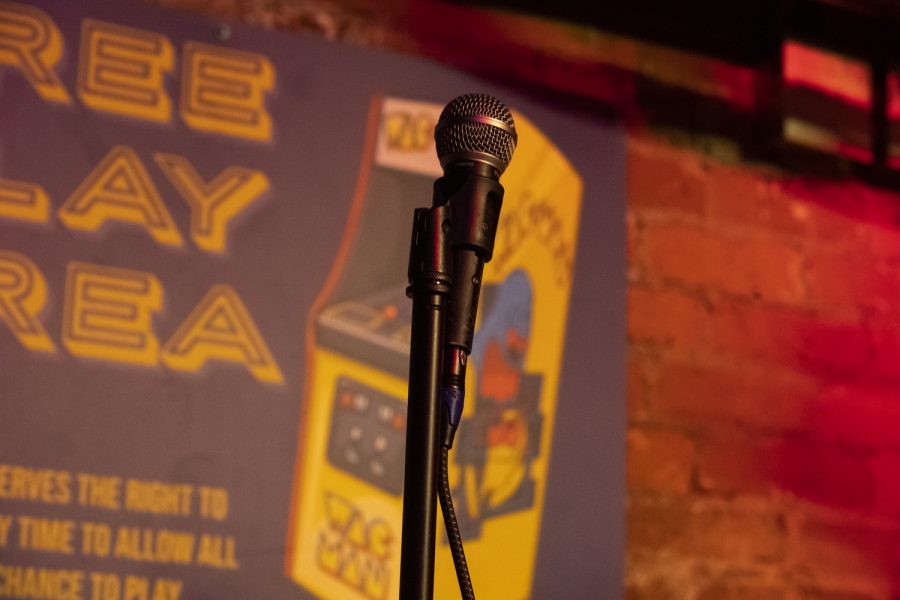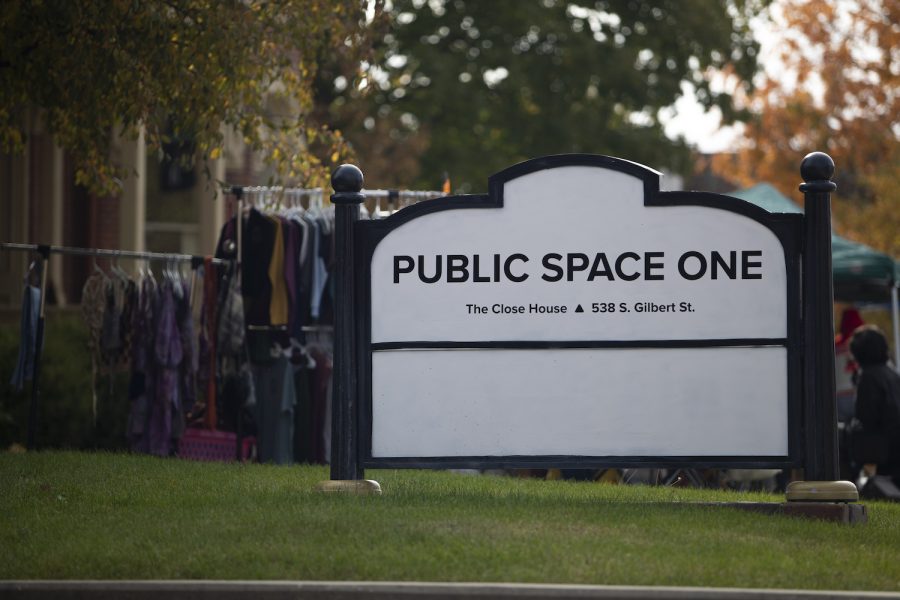The latest addition to the Disney throne isn’t rising to power quietly. Though Disney’s first black princess won’t make her theatrical debut in The Princess and the Frog until December, the Internet has been abuzz with news about the project since it was unveiled in 2006, and the controversy just keeps bubbling up.
What was intended to be the grand return to Disney’s tradition of 2D cell animation (the movie also offers the first new Disney Princess in 10 years), public disapproval has forced filmmakers to modify major elements of the story. Set in 1920s New Orleans’ French Quarter, the plot is drawn from the The Frog Prince fairy tale and originally featured Maddy, a chambermaid working for a spoiled white debutante. When angry bloggers raged (not only was the script deemed insensitive, but “Maddy” was perceived as a stereotypical slave name), Disney morphed into PR mode, claiming the information released in the company’s own press conference was incorrect — that The Princess and the Frog’s heroine was actually Tiana, a well-to-do royal who comes from a loving home on the bayou. Her mom is even voiced by black billionaire Oprah, who is a hero to housewives of all hues.
Since this initial blunder, the film remains a target as more information is released. Critics have condemned everything from its use of voodoo (claiming it casts Southern blacks in a negative light) to its New Orleans location (deemed insensitive because of Hurricane Katrina). Filmmakers also shocked consumers when they revealed the male lead of The Princess and the Frog is the white Prince Naveen (voiced by Brazilian actor Bruno Campos).
In a time when ethnic barriers, constructions, and relations are in complete upheaval, it’s easy to understand Disney’s desire to be progressive. At this point, the Obama card is already starting to appear aged, but the effect of our nation’s first black president on the state of political correctness is undeniable: Is it OK to market an Obama Chia pet? Is it fair to compare First Lady Michelle Obama to Oprah as if they are the only two high-profile black female figureheads? Or, as in last week’s case involving a Turkish TV reporter who donned blackface as part of his Obama commentary, is bigotry still bigotry if it crosses into another culture?
The questions Princess Tiana raises are worth similar investigation into the inner workings of the house that Mickey built.
Disney has long held a monopoly on the kids’ market: Its movies’ characters have become so ingrained in American culture that scholars agree on Disney’s influence in instilling societal norms in children. In a study by communications researcher Karen Wohlwend, little girls who were exposed to Disney princesses picked up on the media narrative and were more likely to play stereotypically feminine games that mimicked archetypal feminine roles. Similarly, author Henry Giroux argues in The Mouse That Roared: Disney and the End of Innocence that Disney actually shapes our public memory by planting our national identity as firmly white, suburban, middle class, and heterosexual.
Black media representation has been criticized since “Amos ’n’ Andy,” the first television show to feature numerous black leading characters, debuted in 1951. A changing notion of political correctness has similarly morphed these concerns throughout the years, rarely reaching a place where all viewers felt comfortable with any single depiction. In the 1970s, “The Jeffersons” was frowned upon for portraying blacks amid a backdrop of urban squalor. In the following decade, “The Cosby Show” was criticized for ignoring issues of ethnicity altogether.
This issue arises because there is simply not enough diversity in media representation. A 2002 UCLA study found that an average of only 12 percent of characters on prime-time television networks were black (even fewer were Asian or Latino, coming in, respectively, at 3 and 2 percent). The underrepresentation of minorities makes every portrayal count, resulting in singular characters becoming emblematic of their entire cultures. This often leads to cries of bigotry.
It’s impossible to craft the kind of super-character required to demonstrate the various personalities, traits, and backgrounds of all of the members of a community — nor should this be the aim of media masterminds. Minority characters need to be treated delicately, but not so much that they lose their humanity in the process. As consumers, we can neither allow ourselves to become passive recipients or tone-deaf enforcers of the politically correctness army.
Questioning is part of understanding, and this is one of the most important messages we can teach our children. Is Disney wrong for wanting to broaden the ethnic reach of its royal characters? No.
Are critics out of line for suggesting Disney’s portrayals are insensitive? No. But all parties involved need to work together in creating a three-dimensional representation of Disney’s latest two-dimensional heroine.





